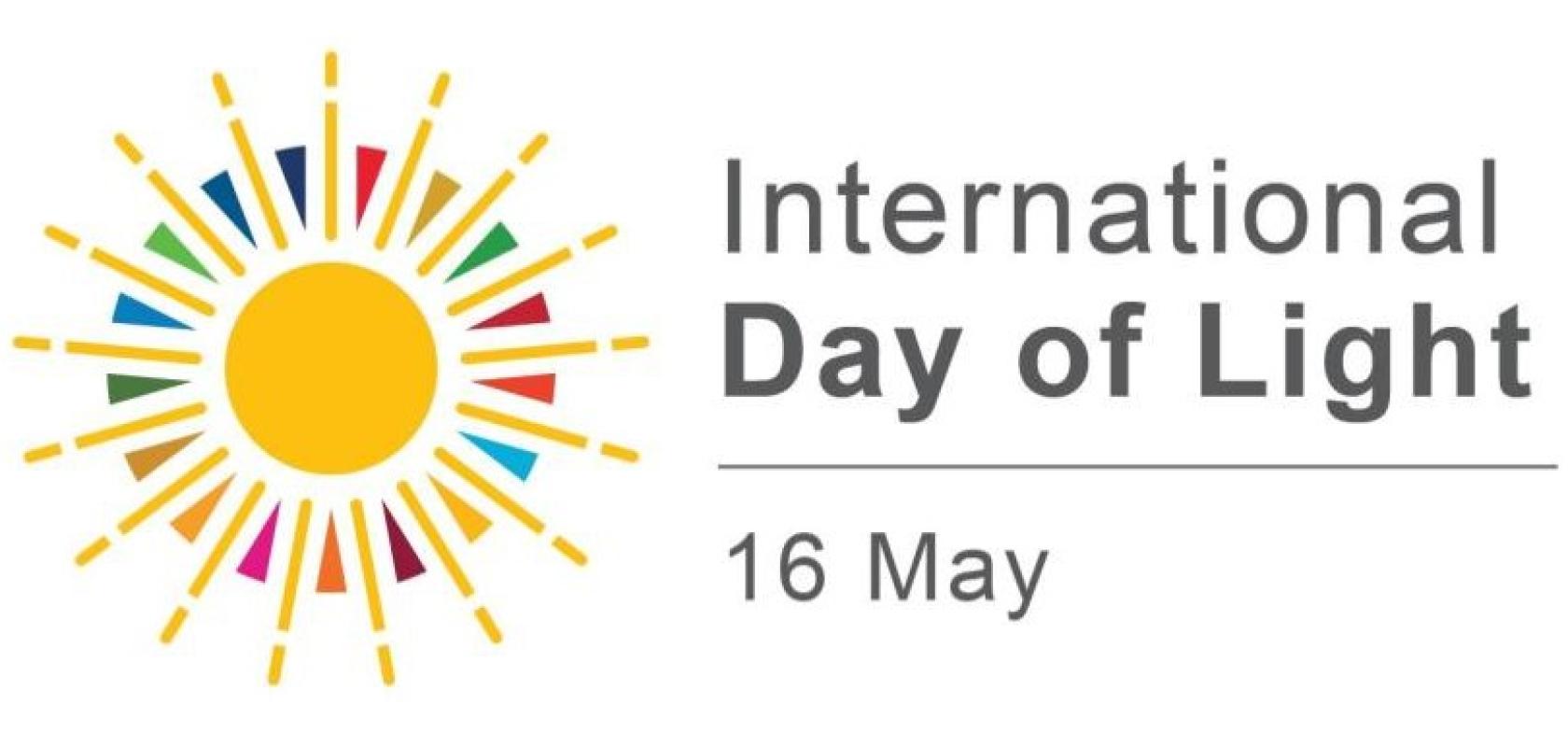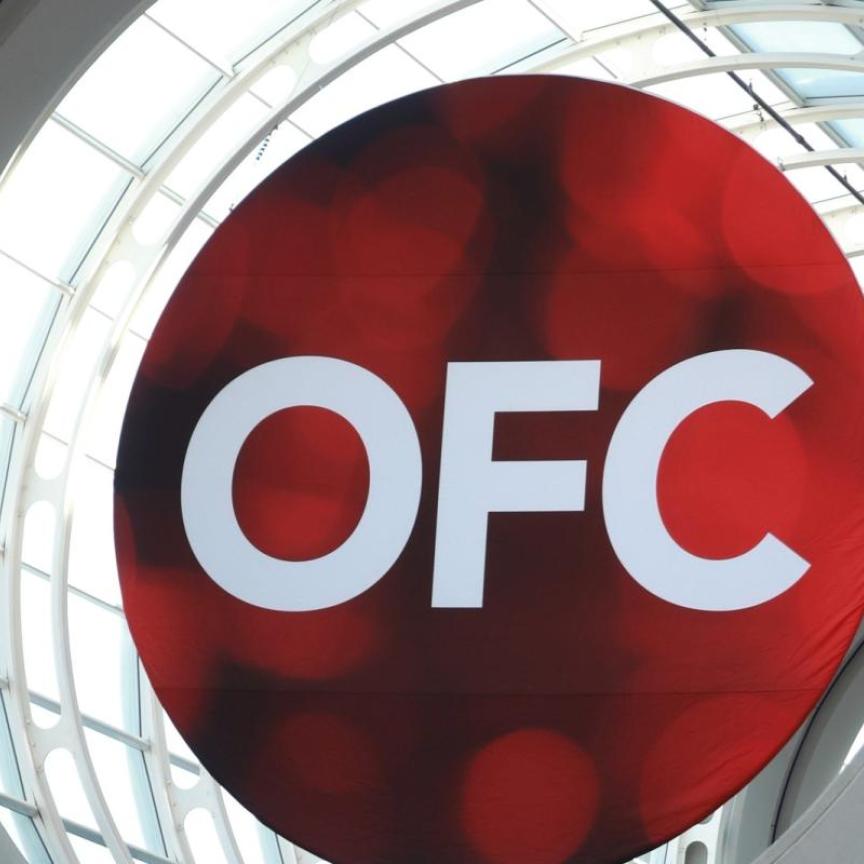The International Day of Light (IDL) rightly marks the anniversary of the first successful operation of the laser in 1960 by Theodore Maiman. In the optical communications community, it would be almost unthinkable to celebrate light without also mentioning “father of fibre optic communications,” Charles Kao. It has now been more than 60 years since Kao discovered that bundles of thin, purified glass optical fibres could be used to carry large amounts of data over long distances using light.
Today, as we know, these two optical technologies work together in networks from metro to subsea and everything in between. But, of course, the ever rising demand for bandwidth means that these networks need to be faster and have more capacity than ever before. Fortunately, advances in optical solutions to achieve this are continuing at pace.
In research, a team from the National Institute of Information and Communications Technology (NICT) in Japan set a new world record for internet speed. They achieved this by constructing a transmission system that makes use of wavelength division multiplexing (WDM) by combining different amplifier technologies, to achieve a transmission demonstration with data-rate of 319Tb/s, over a distance of 3,001km.
Amongst the commercial developments, Ciena, Fujitsu, Infinera and Nokia have all recently announced new coherent optical solutions enabling 1.2 or 1.6Tb/s per wavelength. These were all demonstrated at this year’s OFC Conference. As well as the obvious speed benefit of transporting more data per wavelength, the increase in capacity-per-laser also reduces the need for additional hardware, and so can help improve energy efficiency and reduce cost-per-bit. Many of these have already been successfully field trialled with operators, and will be available by the end of 2023 / early 2024.
On the flipside, co-packaged optics and linear pluggable optics were another hot topic at OFC, with debates aplenty about the latter’s emerging potential to achieve similar things for data centre networks, by replacing the digital signal processor (DSP) with other optical components, such as transimpedance amplifiers (TIA).
Quantum is also rapidly gaining momentum. According to OFC Chair, Ramon Casellas, quantum had such an increase in the number of submitted papers this year, that it required its own subcommittee for the first time. Having previously been the reserve of research, quantum is also now beginning to make its way into the commercial arena for optical communications, with continuous variable quantum key distribution (CV-QKD) solutions for intra-city networks developed by start-ups such as LuxQuanta.
More than 60 years since the development of essentially the first optical components for networks, it’s safe to say that photonics have lit the way for today’s communications.
 For more on on how photonic technology is providing real-world solutions, keep your eyes open for Photonics Frontiers, being published by our sister title Electro Optics next month. If you see us at Laser World of Photonics at the end of June, be sure to ask for a physical copy!
For more on on how photonic technology is providing real-world solutions, keep your eyes open for Photonics Frontiers, being published by our sister title Electro Optics next month. If you see us at Laser World of Photonics at the end of June, be sure to ask for a physical copy!
Or why not nominate someone from the next generation of photonics researchers in the Photonics100? Nominations are now open.
To find out more about the celebration of International Day of Light, go to: www.dayoflight.org/


